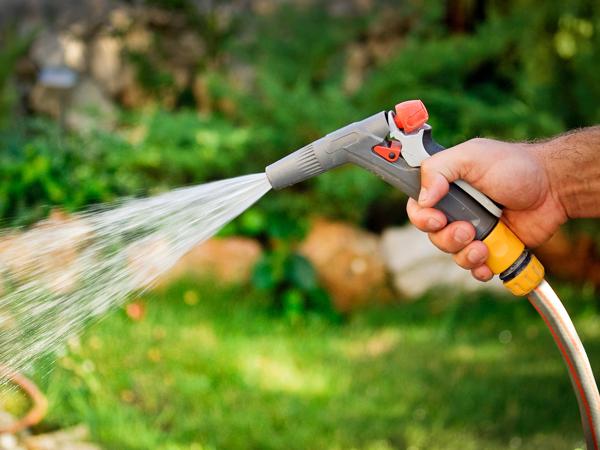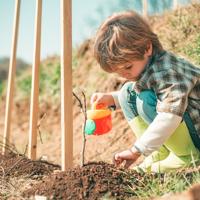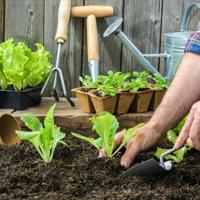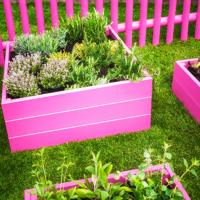Gardening is a relaxing and rewarding activity, especially when you’re committed to a sustainable garden-to-table lifestyle. Among the many tools of the trade, a good garden hose can make a noticeable difference in your gardening routine.
Whether you’re watering delicate seedlings or soaking thirstier plants, the right hose can ease your task and possibly save water.
Understanding Your Needs
Before diving into specific garden hose types, it might be useful to think about your specific needs. Consider the size of your garden and the source of your water.
Are you watering pots on a patio, or do you have a sprawling vegetable patch? These factors can guide you toward a hose that suits you best.
Materials and Durability
Garden hoses can be made from several different materials, each with its own benefits.
Vinyl Hoses
Vinyl hoses tend to be lightweight and affordable. They’re generally adequate for light use and smaller gardens. However, they may not be as durable as other materials, especially when exposed to the sun.
Rubber Hoses
Rubber hoses are typically much more durable. They’re heavier than vinyl, which means they might be slightly harder to maneuver. However, they’re often more resistant to kinks and can handle high water pressures better.
Reinforced Hoses
For those seeking added durability, reinforced hoses provide extra strength. These hoses often have multiple layers, including a mesh or braided reinforcement. This makes them resistant to kinks and bursts.
Hose Diameter and Length
The diameter of a hose affects the water flow rate. Common diameters are 1/2 inch, 5/8 inch, and 3/4 inch. Generally, a 5/8 inch diameter strikes a balance between water flow and maneuverability.
The length of your hose will depend on your garden’s size. Longer hoses allow greater reach but can be cumbersome and reduce water pressure. For many medium-sized gardens, a length of 50 feet is quite manageable.
Special Features
Many hoses on the market today come with special features tailored to different gardening needs.
Expandable Hoses
Expandable hoses have gained popularity due to their lightweight and compact design. They expand when filled with water and retract when empty. They’re convenient for storage but might not be as durable as traditional hoses.
Soaker Hoses
If conserving water is a top concern, you might consider a soaker hose. These hoses are designed to precisely deliver water directly to plant roots. They are particularly useful in vegetable gardens and densely planted areas.
Connectors and Fittings
Often overlooked, hose connectors are essential parts of your hose setup. Metal fittings, especially those made of brass, tend to last longer and offer a more secure connection compared to plastic connectors.
Caring for Your Hose
No matter which hose you choose, proper care extends its lifespan. Avoid leaving it in direct sunlight and coil it neatly after use to prevent kinks. Draining water from the hose before storage can prevent damage from freezing temperatures if you live in a colder climate.
A Personal Note
Finding the right garden hose doesn’t require overthinking, but a bit of reflection on your gardening habits and needs goes a long way. I’ve found that over the years, a flexible, easy-to-use hose with durable rubber construction became my personal favorite. It doesn’t twist and turn on me when I’m trying to get around the hydrangeas, which has been a relief.
References and Further Reading
I drew inspiration for this article from respected gardening experts and consumer reviews like those on Gardener’s Supply Company and Consumer Reports. You might find diving into these resources beneficial when making your decision.
Choosing a garden hose might seem trivial at first, but the right choice can simplify your gardening tasks and enhance your experience. I hope this guide offers a gentle path to finding a hose that fits your garden and your sustainable lifestyle.




